Jeff Pritzl on Wisconsin's 2025 gun deer hunt season outlook
Wisconsin Department of Natural Resources deer specialist Jeff Pritzl considers prospects for the state's 2025 gun deer hunt and what forecasts for the season's harvest mean for population management.
By Frederica Freyberg | Here & Now
November 21, 2025
Jeff Pritzl on prospects for Wisconsin's 2025 gun deer hunt and population management.
VIDEO TRANSCRIPT
Frederica Freyberg:
The annual gun deer hunting season in Wisconsin begins tomorrow. The long tradition of a regulated hunt in the state dates back to 1851. The modern season brings with it new challenges and opportunities for the thousands of hunters descending into the outdoors with high hopes for the harvest. Jeff Pritzl is long-time deer program specialist with the Wisconsin Department of Natural Resources, and he joins us now. Jeff, thanks a lot for being here.
Jeff Pritzl:
Happy to be here. It's the day of anticipation.
Frederica Freyberg:
Correct — so, with the gun deer season starting tomorrow, how many licenses have been sold as a measure of interest this year, and how does that compare historically?
Jeff Pritzl:
Yeah, well, interest we're right at about the same pace as we've been the past couple of years, so within a half a percent. We'll be somewhere just shy of 600,000 deer hunters out on Saturday morning. Historically, Wisconsin peaked at 700,000 at the turn of the century 25 years ago. So, we've seen a decline that's really driven just by the demographics of our hunting population. But it's kind of stabilized the last couple of years, which is a good thing.
Frederica Freyberg:
Yeah, those numbers don't sound bad. The estimate is that there are 2 million deer walking around out there. What do conditions this year look like for hunters to be able to harvest them?
Jeff Pritzl:
Well, the things that are in the hunter's favor this year are we're going to have relatively cool and calm conditions — [inaudible] we're not going to have that at least at the beginning of the season. Agricultural harvest, especially corn harvest, is at or ahead of schedule, and so that's good in the farmland. We're coming off of two mild winters, so that means the deer population in the northern forest is trending up a little bit. The things that are stacked against us are that it's relatively late opener on the calendar, so the later we get into November with the opener, we do see a little reduction in daytime deer movement. And so that could work against us this weekend, but that's just part of the nature of hunting.
Frederica Freyberg:
What are the regions in Wisconsin that look more favorable for hunters?
Jeff Pritzl:
Well, I always think that's in the eye of the beholder, because not all hunters are looking for the same. For the best chance to see deer and harvest deer, you know, the counties in the state that perennially have the highest harvest densities are counties like Waupaca, Marquette, Green Lake — that east-central part of the state. We saw 13 counties, mostly in east central Wisconsin, have a record buck kill last year, and they're probably going to be in that same area this year. But if hunters that are looking for a different kind of experience, maybe a little more solitude and a lot of country to explore, you know, the northern forest offers that in spades with big chunks of state and federal properties. That's where I'll be this weekend — looking forward to that kind of an experience. I may not see as many deer, but that's not everyone's primary objective.
Frederica Freyberg:
So how do recent harvests of between 300,000 and 350,000 across all deer seasons compare?
Jeff Pritzl:
We've actually been in a pretty stable pattern really over the past decade in that, yeah, like you said — 300,000, 350,000 — and it kind of undulates up and down, driven mostly by antlerless deer harvest. On the buck, harvest has been pretty stable. Considering we've been seeing a slight decline in hunter numbers, that stability of harvest means that more hunters are being successful. But it's certainly hunters that remember 20 years ago where we were in kind of a bubble of really high deer numbers and high hunter numbers. I remember those harvests where we were getting between 400,000 deer, and in that peak, we got as many as 600,000 deer. But that was driven by really high antlerless harvests, which we're not seeing these days. And so, we've had quite a bit of actual pretty stable conditions, other than the minor fluctuations with weather and stuff in recent years.
Frederica Freyberg:
What would be the optimal harvest to manage the deer population?
Jeff Pritzl:
In Wisconsin, yeah, there's two different stories going on always with that northern forest versus the farmland. In the northern forest, is kind of driven by weather and things that we don't necessarily have control over, and we may turn the antlerless harvest down after severe winters and up after mild winters — this year. But in the agricultural part of the state, that's where the real challenge lies because, optimally, we should be harvesting about two antlerless deer for every buck. And that just doesn't happen voluntarily. We've accomplished that in the past with mandatory antlerless harvest, but without some type of incentive or mandatory, we tend to get them harvested at about 1:1 ratio. We really need to have that antlerless harvest at about 1.5 to 2 per buck in those farmland counties.
Frederica Freyberg:
You speak about hunters considering being a hunter for the community, not just for themselves or individually. Well, what do you mean by that?
Jeff Pritzl:
Back to what we were just talking about in that those hunters that find themselves fortunate in the positions where they have access to deer, the challenge that we have is, once a Wisconsin deer hunter gets a deer — has it in the freezer — their incentive to take another deer goes way down. So even though we provide that opportunity, they're not necessarily incentivized to harvest an adequate number of deer in the places where we really have the opportunity to do so. So those hunters, hopefully, would be able to say, "I can take an extra deer," [inaudible] be put to use through our formal deer donation program. But there's a lot of other side benefits to managing the deer population, both ecologically and within the tolerances of human social tolerances. It relates to car accidents and crop damage and all those types of things. And so, hunters for eons actually were a subset of the population that hunted for their community as a whole. We've kind of moved culturally towards a hunting being [inaudible] and it would, I think, behoove us to recapture that notion that we're hunters for the community, so that the greater community sees us as an asset to them.
Frederica Freyberg:
What do you want hunters to be on the lookout for in terms of chronic wasting disease?
Jeff Pritzl:
Well, it's important for us to keep a good tab on how that disease is evolving in the state, both in terms of its rate [inaudible] on the landscape and the prevalence within the areas. We're gathering really good information that not only helps us make better decisions in the future within Wisconsin, but other states are really learning from what we're capturing here in Wisconsin because the disease is not going away, but we can, there are steps we can take to mitigate its spread and work within having it on the landscape. So, really our focus is on that leading edge where the disease is spreading in the state — really kind of across the middle of the state. We encourage hunters statewide to get their deer sampled. And we've developed a good cohort of what I would call citizen science hunters that do participate every year and contribute to that database — better decision-making.
Frederica Freyberg:
How difficult is deer management in the state with waning numbers of hunters and changing conditions out there?
Jeff Pritzl:
It is a real challenge in as much as we're talking about, you know, [inaudible] numbers. But the part of the challenge is that a lot of these deer exist in areas that are not accessible to the deer hunters. And the hunters would say, "We'd love to help out with managing the deer population, we just don't have access to deer." So, for landowners that recognize, "Hey, there's probably too many deer in this landscape," they have a role to play with maybe providing that access. The other thing to be aware of is this is not unique to Wisconsin — most of the Midwest states are seeing the same challenge and the eastern states. And so, [inaudible] having a discussion about a paradigm shift towards enhancing harvest as it relates to, again, making the hunting community an asset to the total community.
Frederica Freyberg:
We leave it there. Jeff Pritzl, thanks very much for joining us.
Jeff Pritzl:
You bet. Good luck to all the hunters.
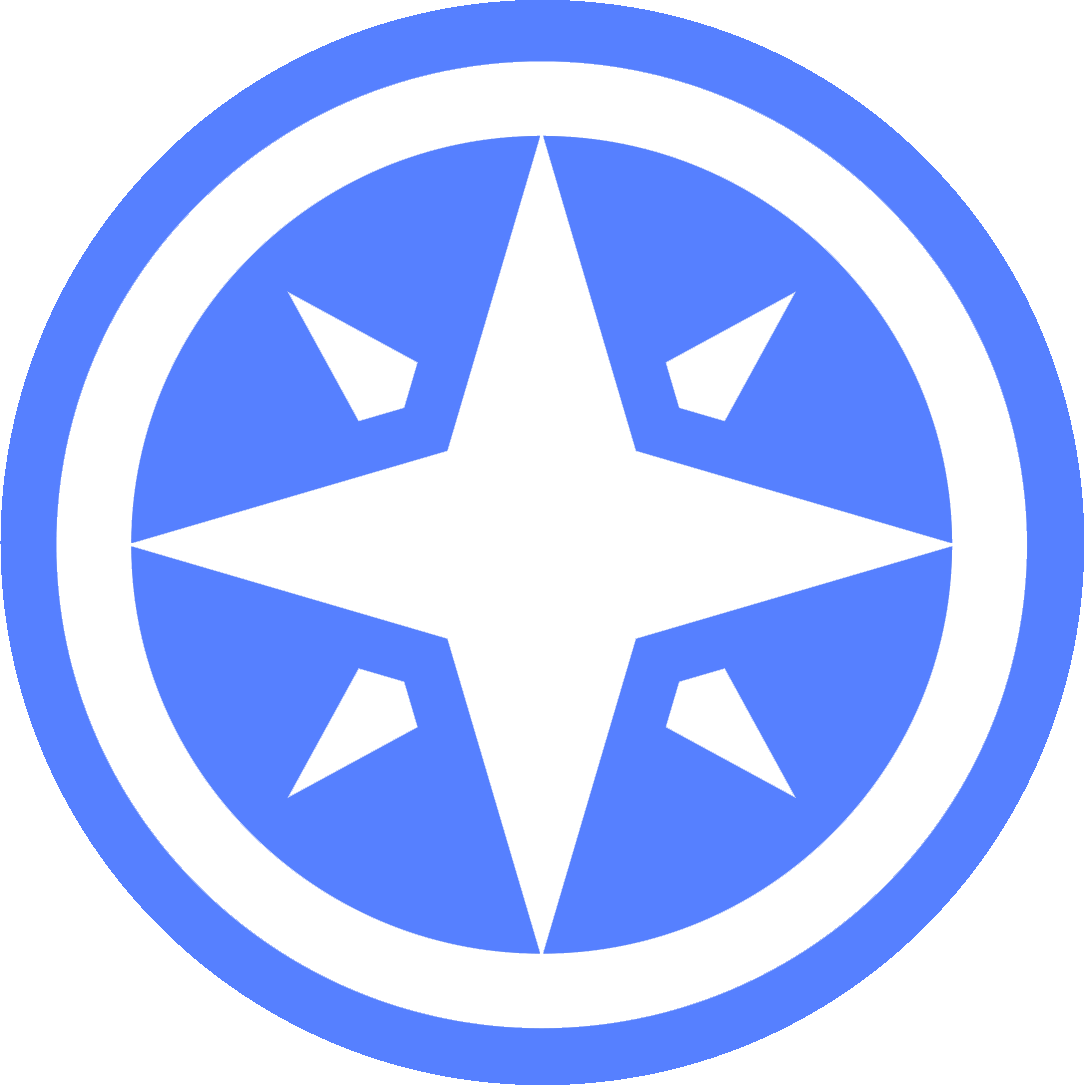 Passport
Passport
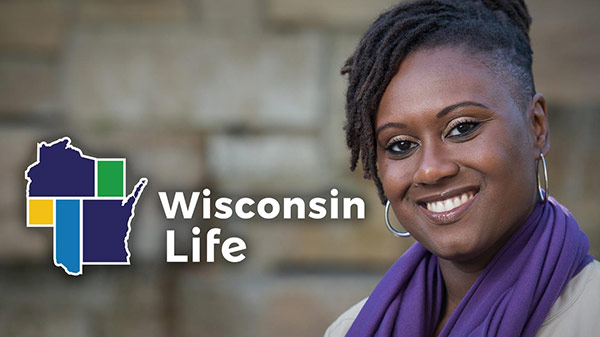
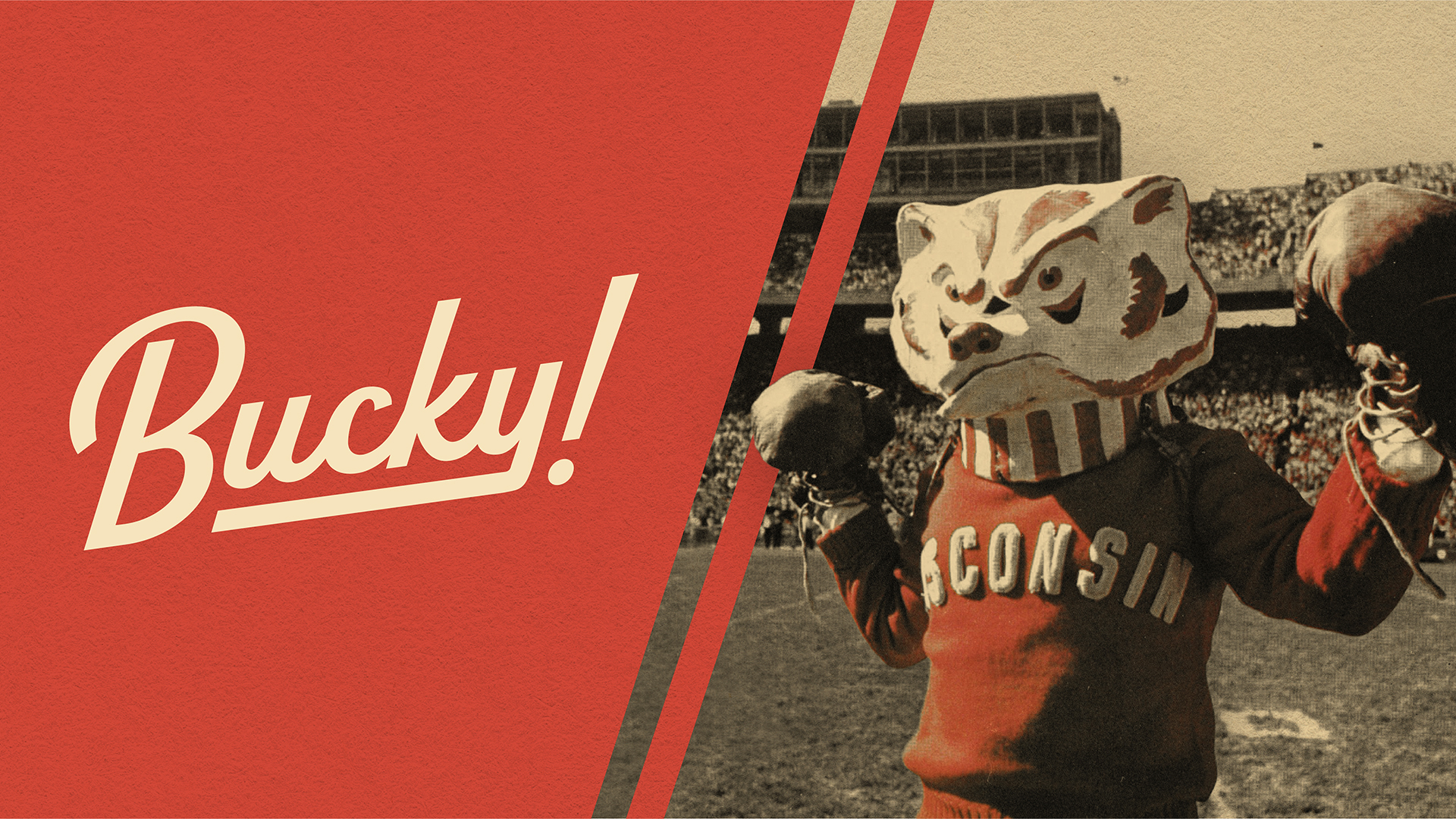
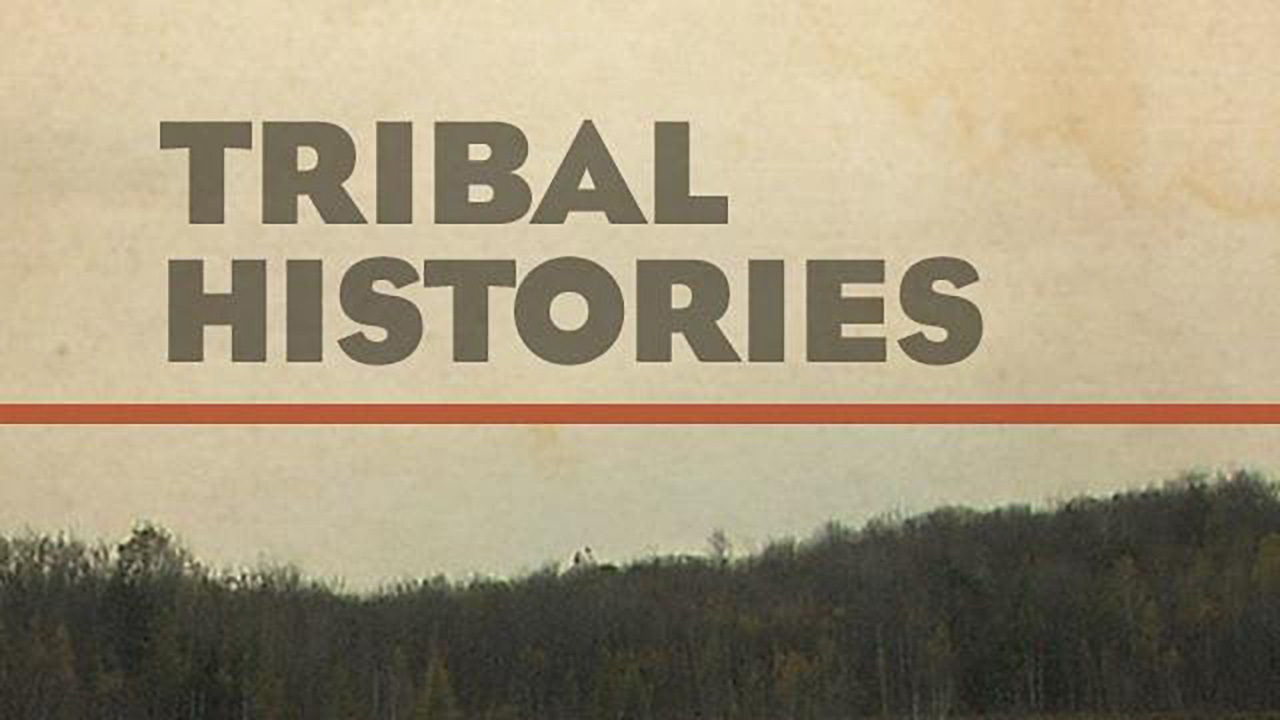
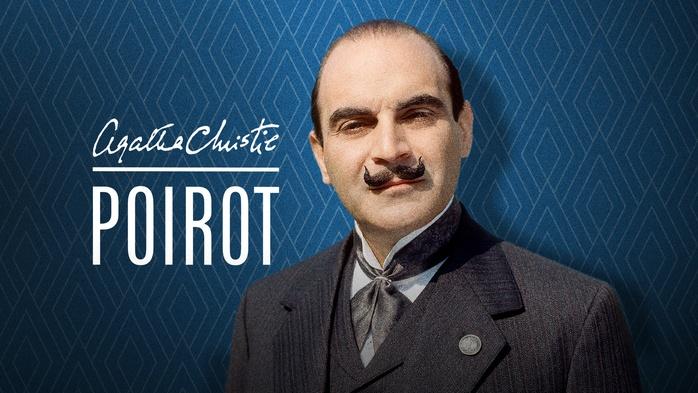
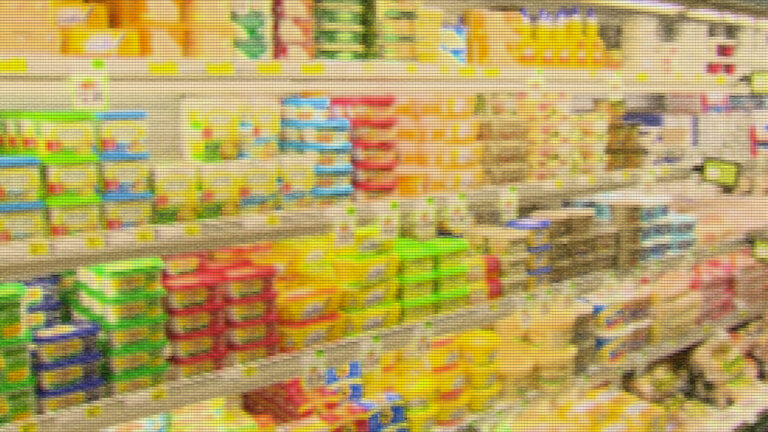
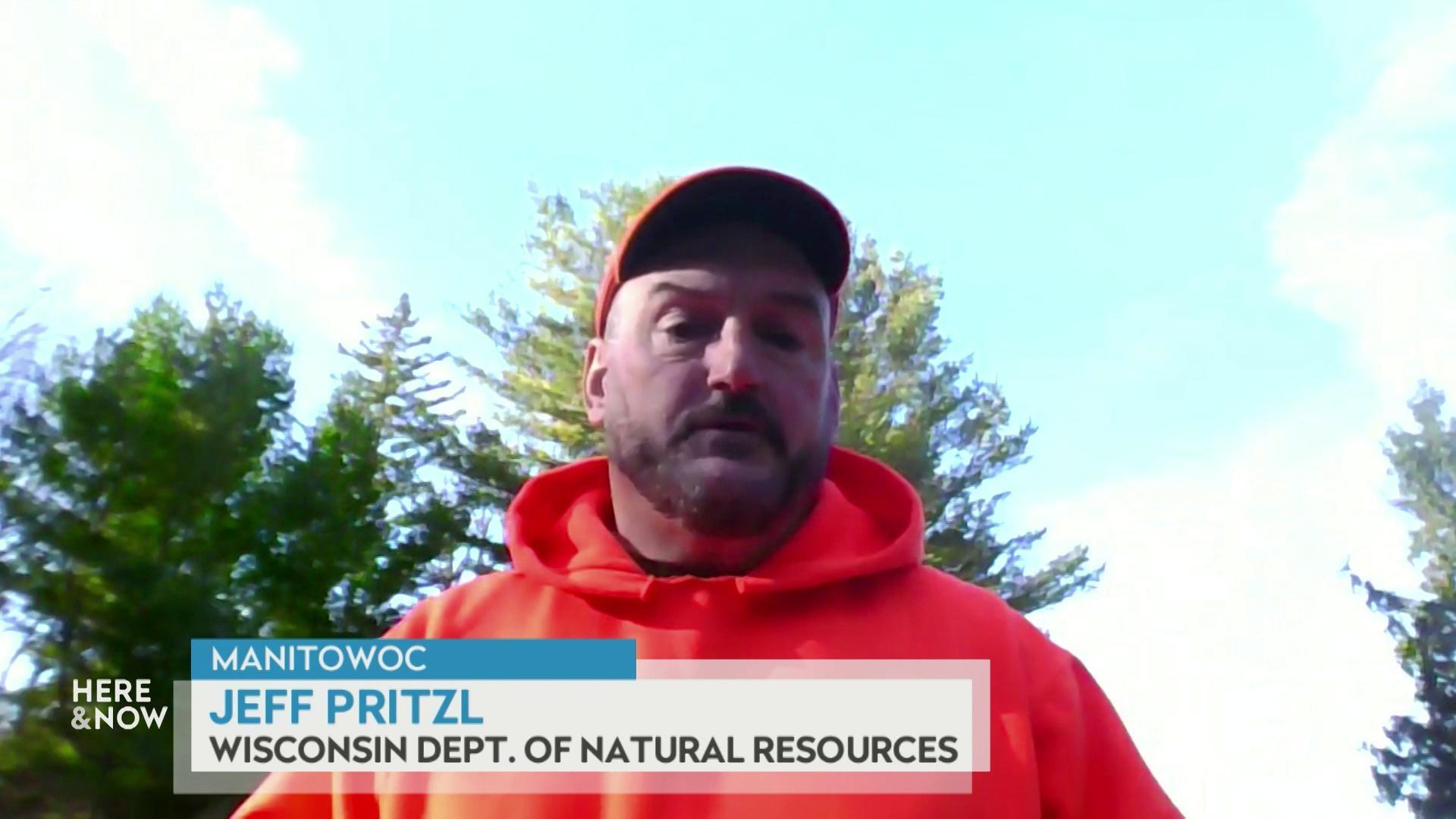
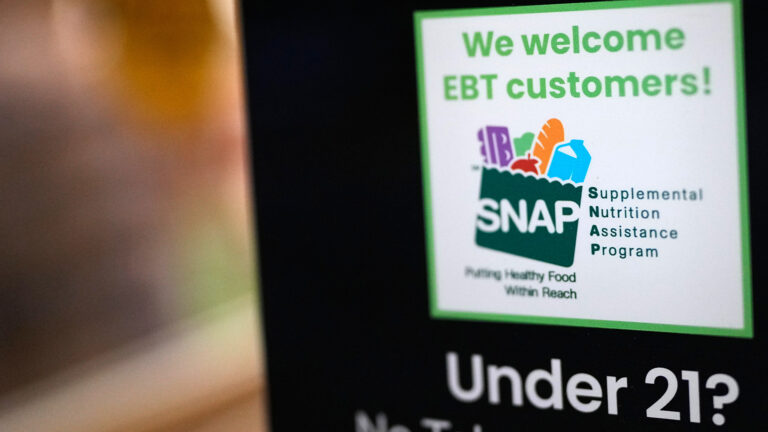
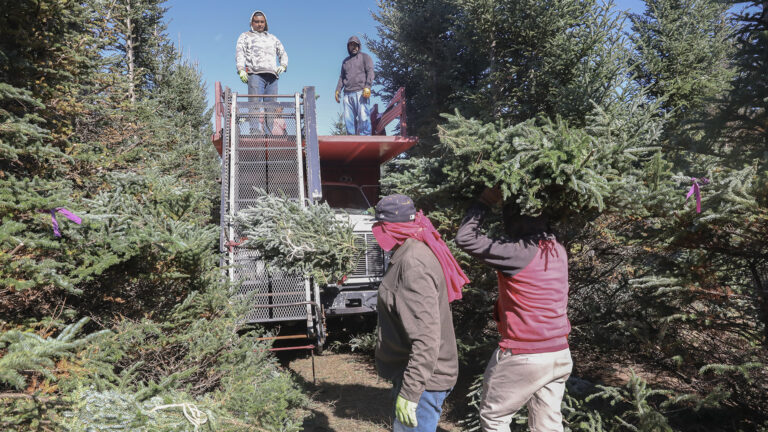

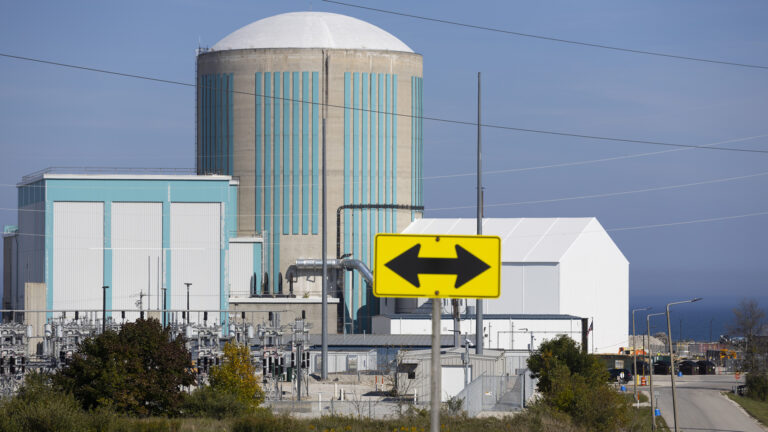

Follow Us